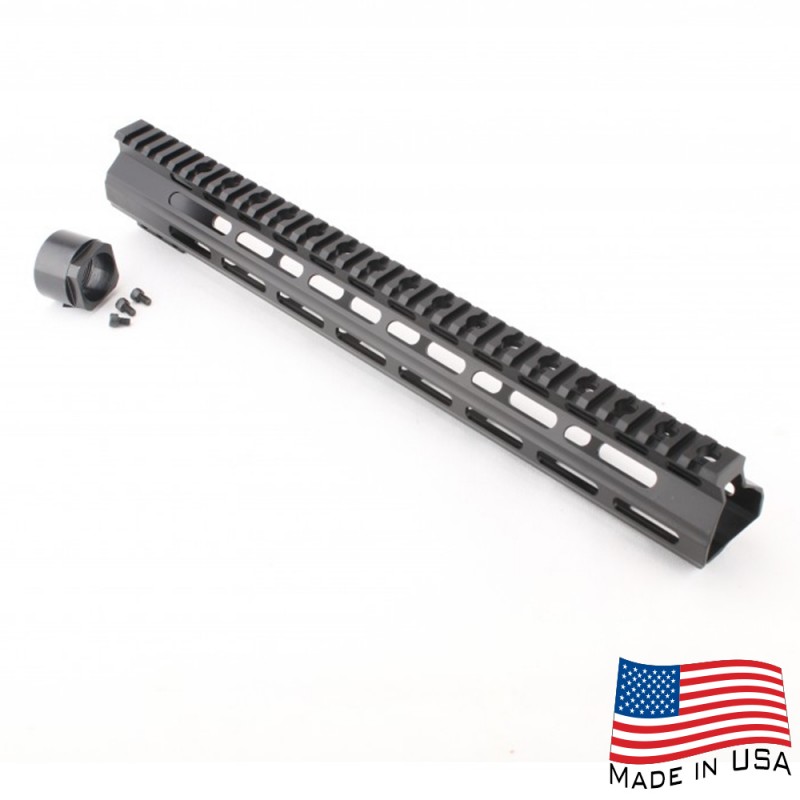

It consists of a series of ridges with a T-shaped cross-section interspersed with flat spacing slots. It is commonly machined out of aluminum to reduce weight but maintain strength. Picatinny RailĪ few other important things of note for the AR enthusiast, most handguards utilize what is called a Picatinny Rail, also known as a MIL-STD-1913 rail or tactical rail. Some rifle handguards bolt on to create a free-floating barrel (better accuracy), but if your rifle falls into the standard range your choices are good, and you should find exactly what you want fairly easily. Most rifles use a standard mil-spec slip ring to hold the guard halves in place, but as with everything in life, there are some exceptions depending on the manufacturer of the rifle. Handguards come in many different styles, lengths, materials, and colors, most are either aluminum or carbon fiber and almost every manufacturer makes a handguard to fit the standard service rifle (20”) and carbine lengths (16”). For example, if you’re shooting a competition you may want a simple tubular-type handguard that rests well on a bag or gloved hand.Īh, but it gets better, now do you want a Picatinny Rail, M-LOK or KeyMod mounting system, I may have just blown your mind, huh, or not.? We can then move on to their secondary function, which is to provide a stable mounting platform for accessories such as lights, lasers, and foregrips. If I can presume we all know the basic premise of a handguard, to protect your support hand from the heat of the barrel while firing. So the first question that needs answering is, “What task do I want my free float handguard to perform?” and this is as good a place to start as any. The end result is a set of handguards you feel will not only make your AR practical but aesthetically pleasing to you and impress your buddies at the range.


 0 kommentar(er)
0 kommentar(er)
